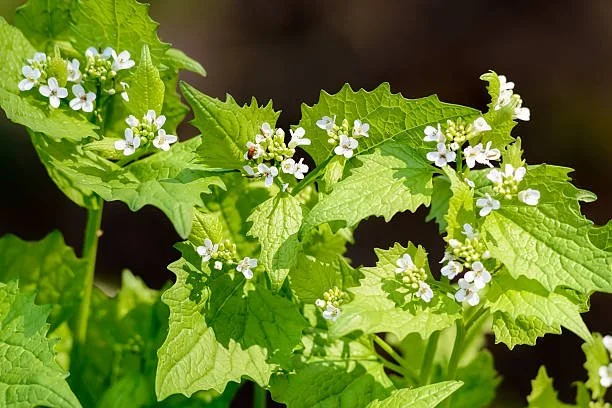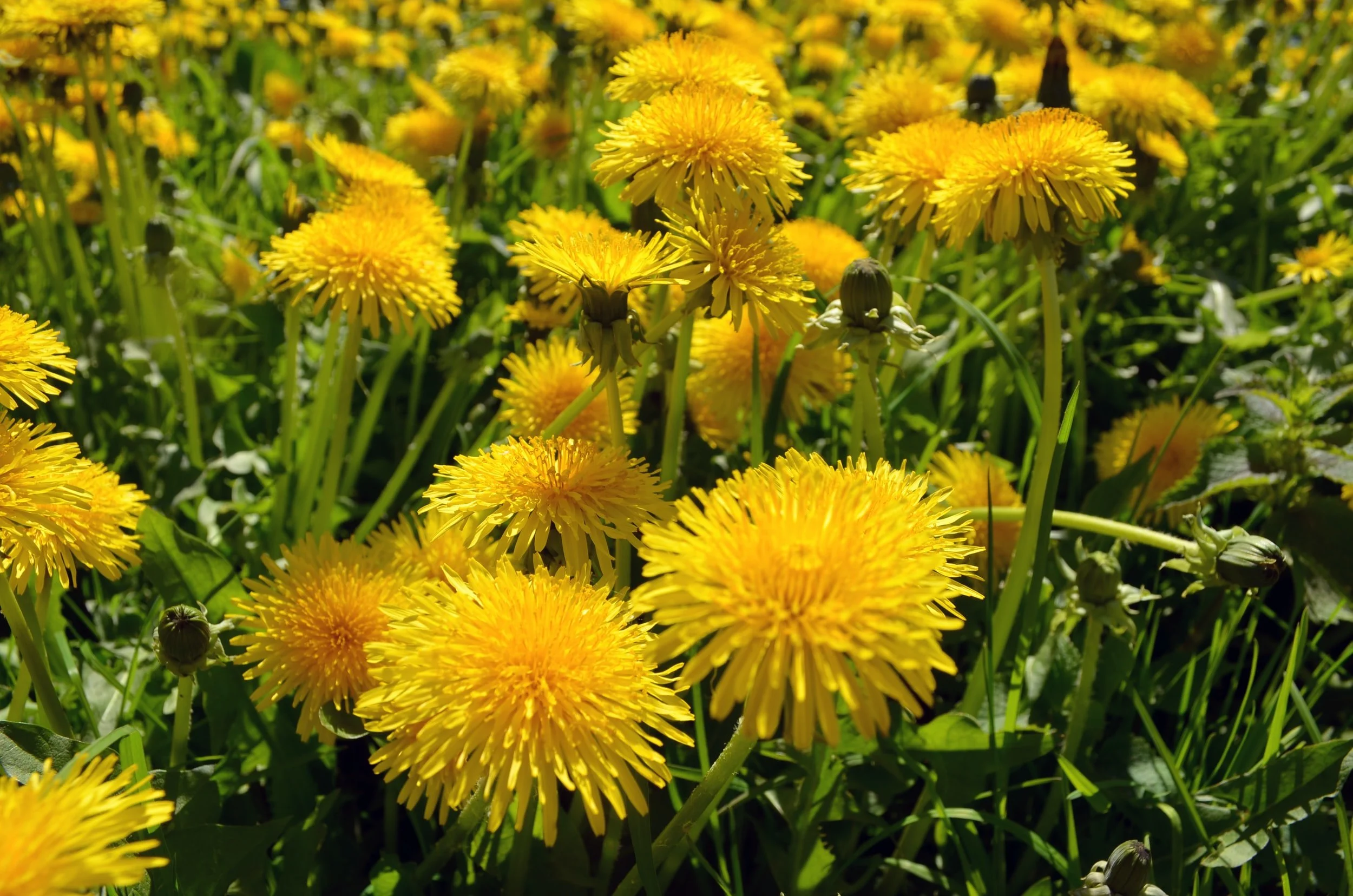WILD CHILD: To Pick or Not To Pick
Ramps. A protected and at risk species deserving special care.
As you walk through the woods and meadows this spring, you may smell garlic or onions. Stop and look around, chances are there are some thin green blades that look like grass peeking up through the spring earth.
If you run the leaves between your fingers and sniff you might find a very familiar smell. Wild garlic, wild leeks, and wild onions are some of the early green growth we see around the London area.
You may hear people talking about gathering these early plants.
Should we gather plants from wild spaces? Consider:
Many creatures rely on those early plants to add to their diet after a hard winter as they raise young, and they can't head to a grocery store.
Disturbing some plants makes it hard for the plant to spread and grow in their native area.
Each plant is important to the balance between all the life forms in an environmentally sensitive area.
What about invasive plants?
Conservationists talk about native plants, plants that belong in a space; and invasive plants, plants from another place that are brought to a place and grow where they don’t belong.
Invasive plants are a problem because the plants don’t usually have predators (animals, bugs, or diseases) that slow down the plant’s ability to increase. This gives invasive plants a chance to grow more quickly and use up the resources (such as light, space, and nutrients) needed by native plants. When this happens we say that the invasive plant out-competes the native plant.
If you choose to pick, aim for invasive plants like garlic mustard.
Garlic Mustard. Invasive plant commonly found in London, Ontario.
Dandelion. Invasive plant commonly found in London, Ontario.
Helping children care for plants.
Keep things simple with little people. I like to use red, yellow, and green language to describe whether a plant is safe to pick. Just like traffic signals.
Red: this plant is sensitive, protected, or special don’t pick just look and take pictures.(Examples are trilliums and ramps)
Yellow: this plant can be picked sometimes and carefully. Only take one from a large and healthy group and leave plenty for other creatures. (Examples are wild fruits).
Green: this plant can always be picked. Invasive plants usually fall in this group. (Examples are garlic mustard and dendelions).
Finally, encourage children to only take what you need and use everything you take and help the plants in your forest to grow by replanting seeds or avoiding stepping where they grow. This way children can start to see that their actions make a difference. For example, by leaving the dandelion to grow, bees can enjoy the nectar.
For more information on various species at risk, visit the Upper Thames River Conservation Authority website or speak to the facilitators at our Wild Child Outdoor Playgroup, they will be happy to share their knowledge with you on Wednesdays, Thursdays, and Saturdays.
Written by Tandy Morton, WILD CHILD Playgroup Facilitator



